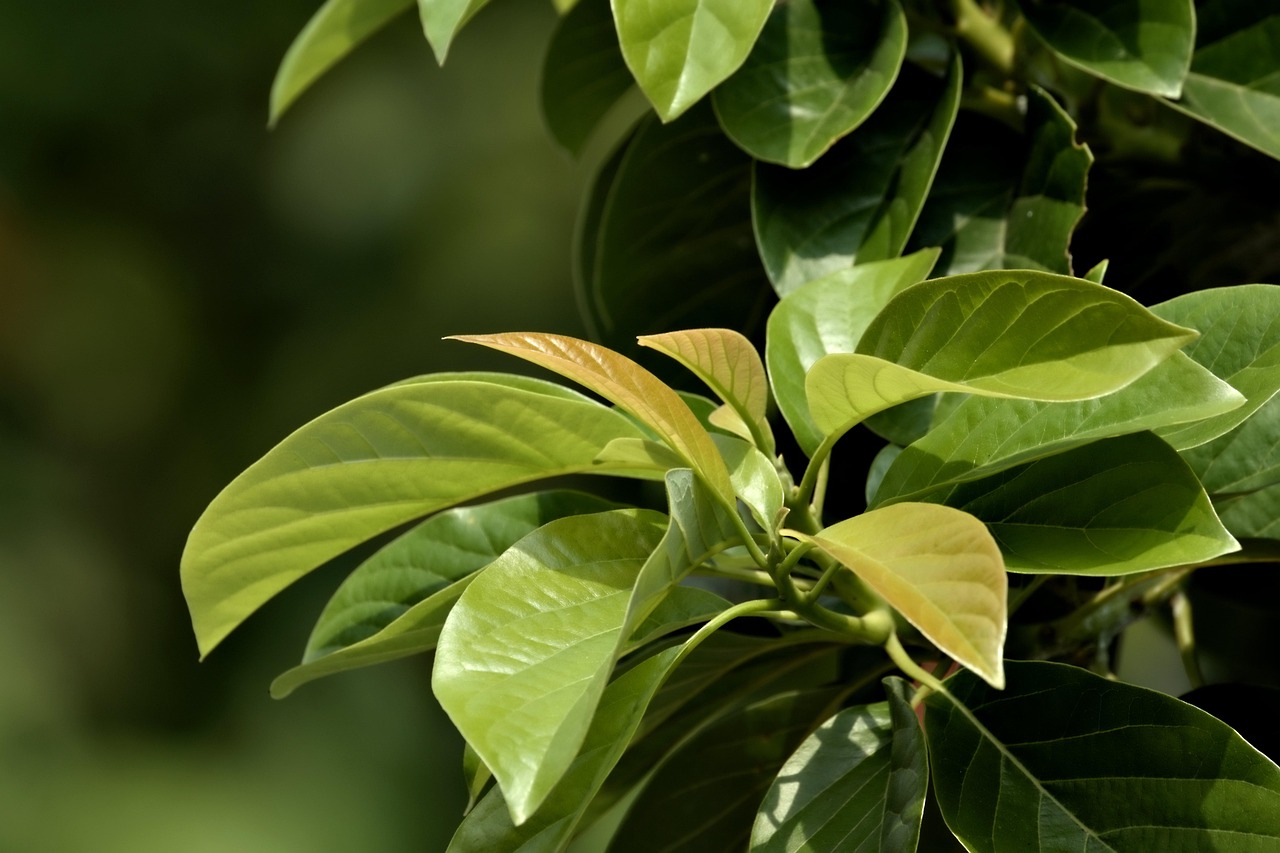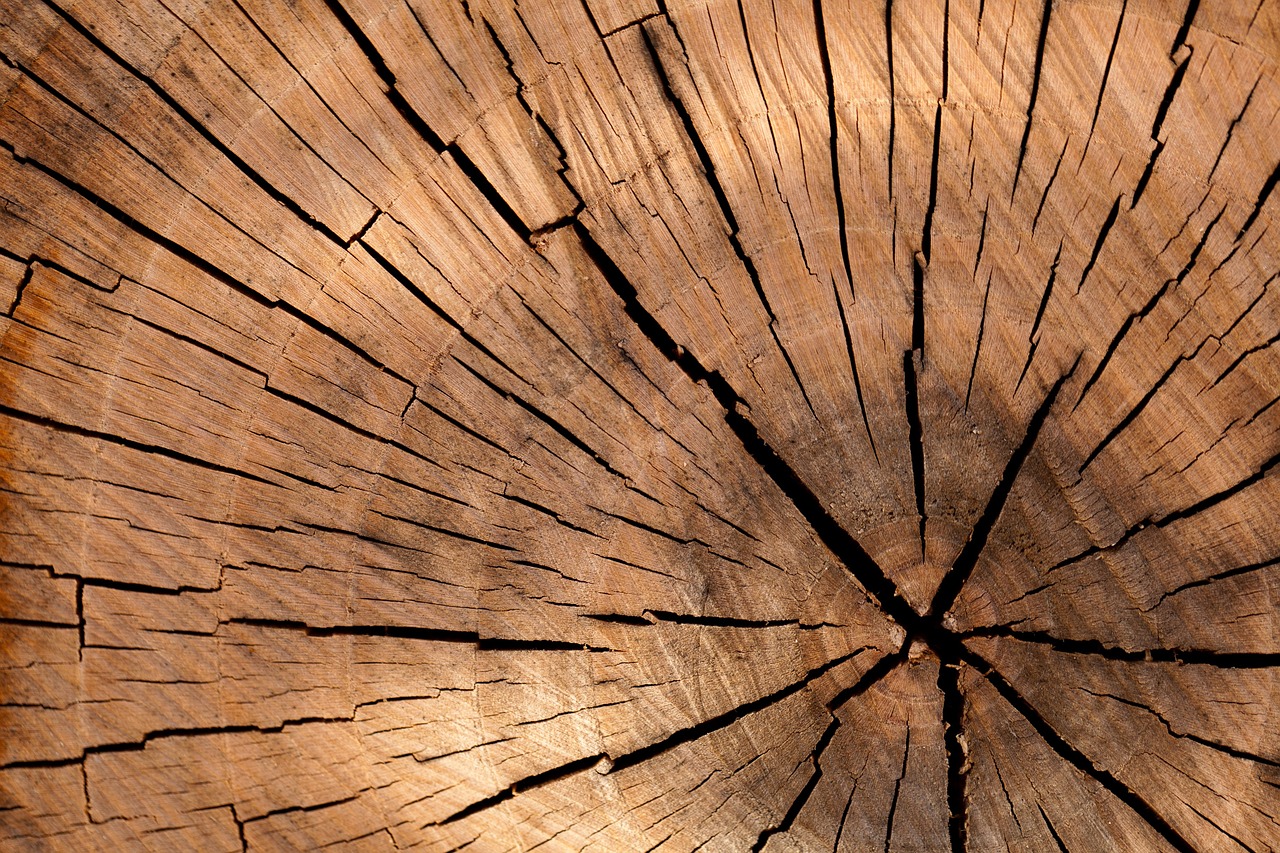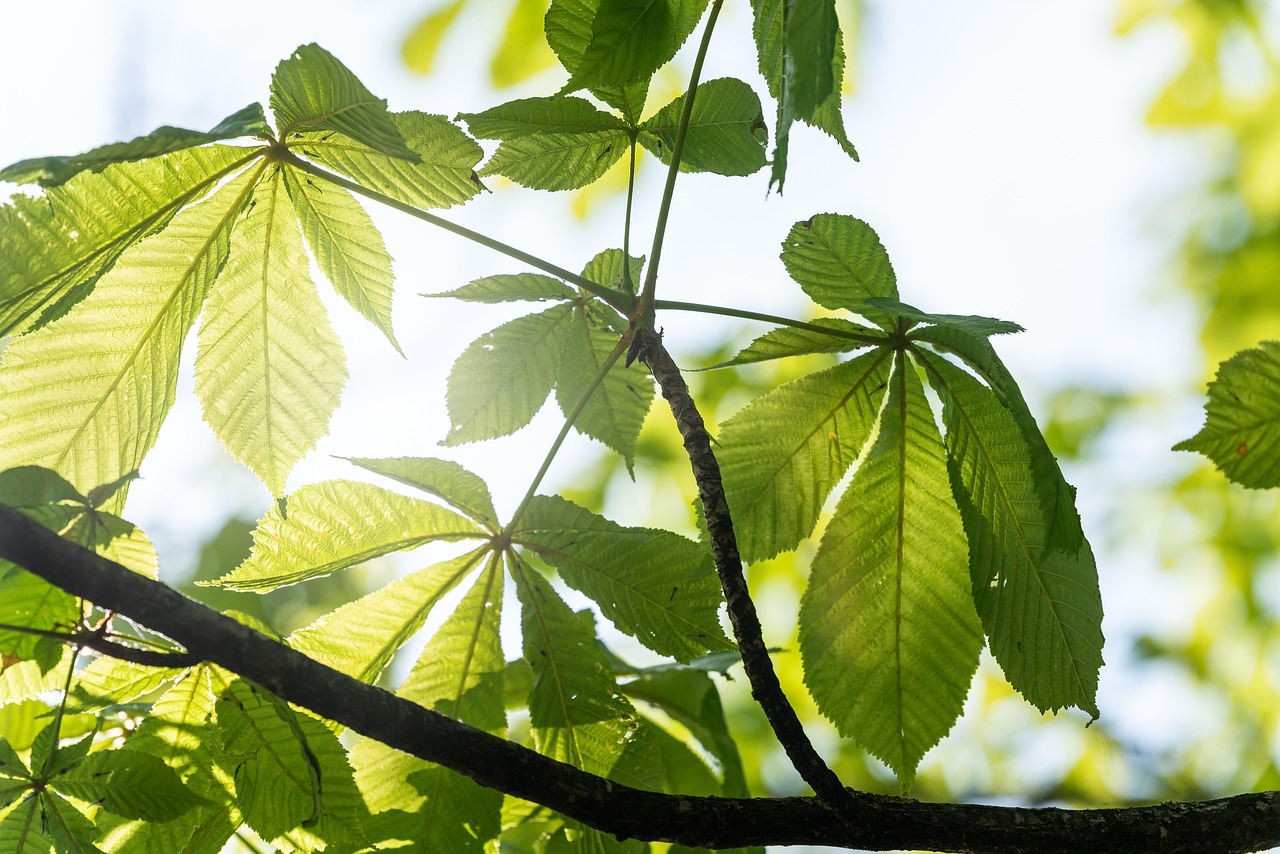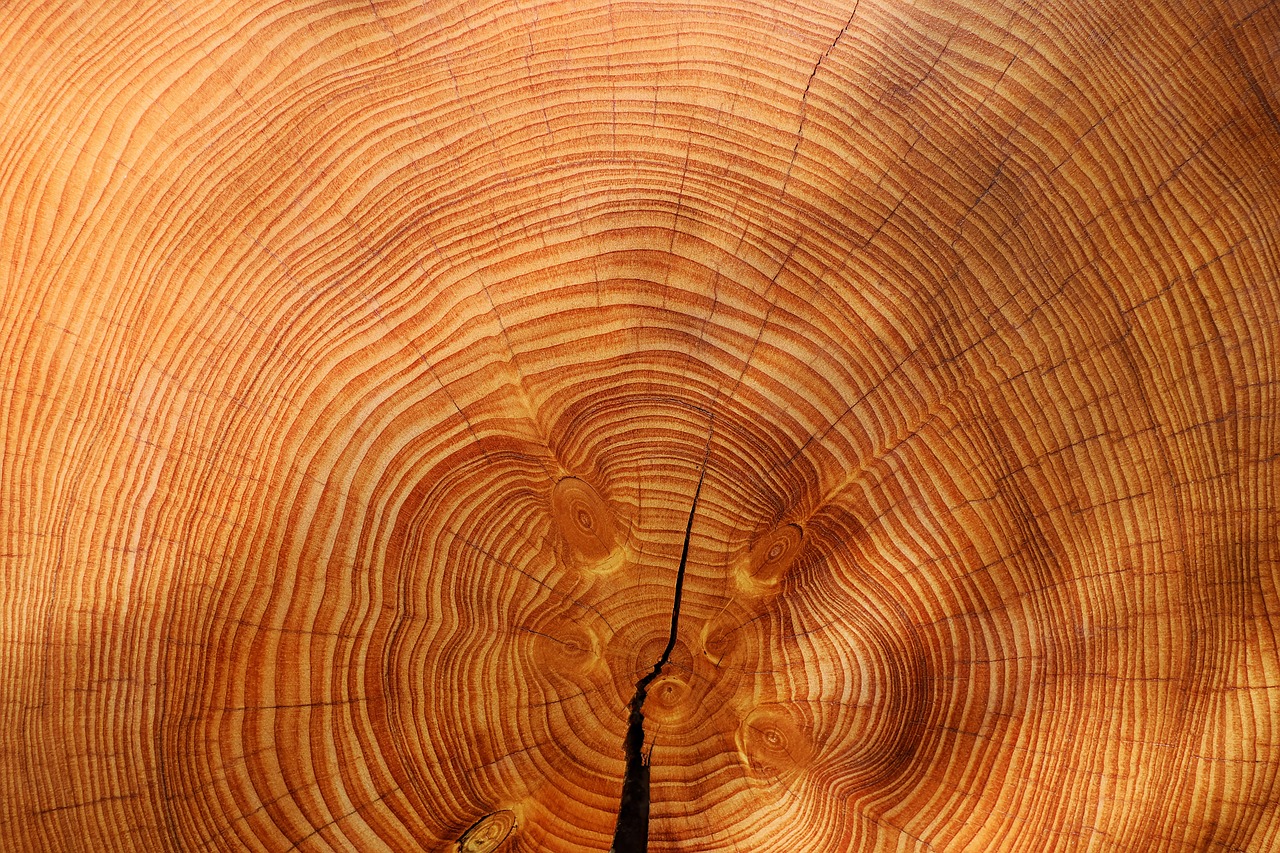Annual tree growth varies significantly by species, climate, and soil conditions. On average, trees can grow anywhere from 1 to 3 feet per year, with some fast-growing species achieving up to 5 feet annually. Understanding these growth rates is essential for effective landscaping.
Understanding Tree Growth Rates
Tree growth rates are an important aspect to consider for landscaping projects. The rate at which a tree grows can affect not only its appearance but also the overall health of your landscape. Different species of trees exhibit varying growth patterns influenced by numerous factors such as environmental conditions, soil quality, and care practices. Knowing how these elements interact can help you make informed decisions for your landscaping needs.

Factors affecting tree growth include:
- Species: Different trees have unique growth characteristics. Fast-growing trees like the Lombardy poplar can add significant height each year, while others like the oak may take longer to establish.
- Soil Quality: Nutrient-rich soil promotes healthy growth. Trees planted in poor soil or with inadequate drainage may struggle to reach their potential.
- Climate: The local climate plays a crucial role. Trees in warmer regions may grow faster than those in colder climates.
- Water Availability: Consistent and adequate watering is vital during a tree’s early years. Drought conditions can stunt growth.
- Sunlight: Most trees need ample sunlight to thrive. Shade from buildings or other trees can hinder a tree’s growth.
- Pruning and Maintenance: Regular maintenance, including pruning, can encourage healthy growth and shape the tree’s structure.
The average growth rate of trees can be summarized in the following table:
| Tree Species | Average Annual Growth (Feet) | Growth Type |
|---|---|---|
| Lombardy Poplar | 3-5 | Fast-growing |
| Red Maple | 2-3 | Moderate growth |
| White Oak | 1-2 | Slow-growing |
| Ponderosa Pine | 2-3 | Moderate growth |
| Willow Tree | 3-4 | Fast-growing |
When selecting trees for landscaping, consider both the aesthetic and functional roles they will play in your design. Trees that grow quickly can provide shade and beauty sooner, while slower-growing varieties often offer longevity and stability in structure.

The timing of planting also impacts annual growth rates. Trees planted in the spring generally have a longer growing season compared to those planted in the fall. This additional time allows them to establish their root systems before winter sets in. Moreover, young trees often exhibit rapid growth as they adjust to their new environment.
The Importance of Tree Growth in Landscaping
The role of trees in landscaping extends beyond mere aesthetics. They contribute to environmental health, improve property value, and enhance the overall ecosystem. Understanding the growth rates helps homeowners and landscapers plan accordingly, ensuring that the chosen trees will meet the desired goals over time.
In addition to providing shade and beauty, trees offer other benefits such as:

- Air Quality Improvement: Trees absorb carbon dioxide and release oxygen, improving air quality.
- Erosion Control: Tree roots help stabilize the soil and prevent erosion.
- Wildlife Habitat: Trees provide shelter and food for various wildlife species.
- Energy Savings: Strategically placed trees can reduce heating and cooling costs by providing shade and windbreaks.
This understanding of tree growth rates is crucial for anyone looking to enhance their landscaping through the strategic selection of tree species. By considering both the average annual growth and the factors that influence it, you can create a thriving outdoor space that meets your needs for years to come.
Factors Influencing Tree Growth Rates
Understanding the various factors that influence tree growth rates is essential for landscaping. These factors can range from natural environmental conditions to human interventions. By examining these elements closely, you can make better choices for tree selection and maintenance.
Soil Composition and Quality
The composition and quality of soil play a significant role in tree growth. Trees require specific nutrients, water retention capabilities, and drainage for optimal growth. The following aspects of soil quality are important:
- Nutrient Levels: Essential nutrients such as nitrogen, phosphorus, and potassium must be present in adequate amounts for healthy tree development.
- pH Levels: Soil pH affects nutrient availability. Most trees thrive in slightly acidic to neutral pH levels (around 6.0 to 7.0).
- Soil Structure: Well-aerated, loamy soil supports better root growth than compacted or sandy soils.
Conducting a soil test can help you understand the specific needs of your soil and determine any amendments required for optimal tree growth.

Climate and Weather Conditions
The local climate greatly impacts tree growth rates. Climate encompasses temperature, precipitation, humidity, and seasonal variations. Here are some key climate factors:
- Temperature: Trees require a certain range of temperatures to thrive. Extreme cold or heat can slow growth.
- Rainfall: Adequate moisture is crucial for tree health. Trees in regions with consistent rainfall generally grow faster than those in arid climates.
- Sunlight: Sunlight exposure is vital for photosynthesis. Trees that receive full sun will typically grow more rapidly than those in shaded areas.
Choosing the Right Tree Species
Selecting the appropriate tree species for your landscape is crucial for achieving desired growth rates and aesthetics. Different species have unique growth habits and requirements. Some key considerations include:
Growth Habits
Understanding the growth habits of various species can help you choose trees that fit your landscape design. Here are common tree growth patterns:
- Fast-Growing Trees: Species like the hybrid poplar and willow can grow several feet per year, making them excellent choices for quick shade.
- Moderate-Growing Trees: Trees such as red maples and dogwoods provide steady growth and can fill spaces without overwhelming their surroundings.
- Slow-Growing Trees: Species like white oak or American holly may take longer to reach maturity but often provide lasting value through their longevity.
Environmental Adaptability
Selecting trees that are well-adapted to your local environment can significantly enhance their growth rates. Consider factors such as:
- Drought Resistance: Trees like the eastern red cedar are well-suited for dry conditions.
- Flood Tolerance: Some trees, such as bald cypress, thrive in wet or poorly drained soils.
- Pest and Disease Resistance: Certain species are more resilient to local pests and diseases, ensuring healthier growth over time.
The Role of Care and Maintenance
Proper care and maintenance are essential to promoting healthy tree growth. Regular attention can significantly affect how well trees establish themselves and thrive over the years. Key maintenance practices include:
Watering Techniques
Adequate watering is crucial during a tree’s early years. Here are some watering tips:
- Deep Watering: Ensure that water penetrates deep into the soil to encourage root development.
- Mulching: Applying mulch around the base can retain moisture and regulate soil temperature.
- Avoiding Over-Watering: Too much water can lead to root rot; it is important to monitor soil moisture levels.
Pruning and Trimming
Regular pruning helps shape trees and improves air circulation, reducing disease risk. Key points include:
- Removing Dead or Diseased Branches: This promotes healthy growth and reduces the chance of spreading disease.
- Crown Thinning: Selectively removing branches can enhance sunlight penetration and air flow.
- Young Tree Training: Establishing a strong central leader during youth helps shape the tree’s structure for future growth.
By understanding these factors influencing tree growth rates, you can create a flourishing landscape that meets both aesthetic and practical needs over time.
Estimating Growth Rates for Different Tree Species
When planning a landscape project, it is essential to understand the specific growth rates of various tree species. This knowledge allows you to select trees that align with your landscaping goals. Below, we explore how to estimate growth rates for different types of trees, considering both fast-growing and slow-growing varieties.
Fast-Growing Tree Species
Fast-growing trees can quickly provide shade and visual appeal. These species are often selected for immediate impact in landscaping. Here are some common fast-growing trees:
- Lombardy Poplar: Known for its tall, narrow shape, this tree can grow 3 to 5 feet per year, making it ideal for privacy screens.
- Willow Tree: Willows can achieve growth rates of 4 to 6 feet annually in ideal conditions, providing lush foliage.
- Hybrid Poplar: This tree can grow up to 5 feet per year, making it a popular choice for quick shade.
The rapid growth of these trees makes them suitable for areas where quick establishment is necessary, but they may require more frequent maintenance and care.
Moderate-Growing Tree Species
Moderate-growing trees strike a balance between speed and stability. These trees typically grow at a rate of 1 to 3 feet per year. Some examples include:
- Red Maple: This tree grows about 2 to 3 feet per year and offers stunning fall color.
- Eastern Redbud: A beautiful ornamental tree that grows approximately 1 to 2 feet annually.
- Dogwood: Known for its lovely flowers, the dogwood has a growth rate of about 1 to 2 feet per year.
Moderate-growth trees can enhance landscapes over time without overwhelming space, making them ideal for residential settings.
Slow-Growing Tree Species
While slow-growing trees may take longer to reach maturity, they often provide long-term benefits and stability. These trees typically grow less than 1 foot per year. Examples include:
- White Oak: This majestic tree may grow only 1 foot per year but can live for hundreds of years.
- American Holly: Known for its striking berries, this tree has a growth rate of around 6 inches to 1 foot annually.
- Pine Trees: Some species of pine, such as Eastern White Pine, may grow slowly, averaging about 1 foot per year.
Slow-growing trees are often valued for their durability and can become focal points in the landscape as they mature.
Strategies for Maximizing Tree Growth
To achieve optimal growth rates for your selected tree species, several strategies can be implemented. These strategies focus on enhancing the growing conditions and ensuring proper care throughout the life of the tree.
Soil Preparation
Before planting, ensuring that the soil is well-prepared is crucial. Good soil preparation can significantly influence growth rates. Consider the following steps:
- Aeration: Aerating compacted soil improves root penetration and water absorption.
- Add Organic Matter: Incorporating compost or well-rotted manure enriches nutrient levels in the soil.
- Testing Soil: Conducting soil tests helps identify nutrient deficiencies and pH imbalances that should be corrected before planting.
Selecting the Right Planting Location
The location where a tree is planted affects its growth potential. Key considerations include:
- Sun Exposure: Ensuring that the tree receives adequate sunlight based on its specific needs promotes healthy growth.
- Spacing: Providing enough space between trees prevents competition for nutrients and reduces stress on their growth.
- Avoiding Competition: Planting away from larger trees or structures helps prevent shading and root competition.
Pest and Disease Management
Maintaining tree health is vital for maximizing growth rates. Implement effective pest and disease management strategies, including:
- Regular Inspections: Checking trees for signs of pests or disease allows for early intervention.
- Naturally Deterring Pests: Introducing beneficial insects can help control harmful pests without chemicals.
- Cultural Practices: Ensuring proper watering and fertilization can strengthen trees against diseases.
By understanding the growth rates of different tree species and implementing strategies to enhance their development, you can create a vibrant and thriving landscape that meets your needs and preferences.
Long-Term Benefits of Trees in Landscaping
Incorporating trees into landscaping goes beyond immediate aesthetics. The long-term benefits of healthy tree growth are significant and multifaceted. Understanding these benefits can help in making more informed decisions about tree selection and maintenance.
Environmental Contributions
Trees play a pivotal role in the environment. Their contributions include:
- Carbon Sequestration: Trees absorb carbon dioxide from the atmosphere and store carbon, helping to mitigate climate change.
- Air Quality Improvement: Through photosynthesis, trees release oxygen and filter harmful pollutants, contributing to cleaner air.
- Biodiversity Support: Trees provide habitats for various wildlife species, promoting biodiversity in urban and suburban areas.
Economic Benefits
Beyond their environmental impact, trees also offer economic advantages:
- Increased Property Value: Well-maintained landscapes with mature trees can significantly enhance property values.
- Energy Savings: Strategically placed trees can reduce energy costs by providing shade during the summer and acting as windbreaks in the winter.
- Stormwater Management: Trees help manage stormwater runoff, reducing the need for expensive drainage systems and minimizing flooding risks.
Social and Psychological Benefits
The presence of trees in landscaping has been linked to numerous social and psychological benefits, including:
- Improved Mental Health: Green spaces with trees can reduce stress, anxiety, and depression, promoting overall well-being.
- Community Engagement: Trees enhance the aesthetic value of neighborhoods, encouraging social interactions and community pride.
- Recreational Opportunities: Parks and green spaces provide areas for outdoor activities, fostering a healthy lifestyle.
Conclusion
Understanding annual tree growth rates is crucial for effective landscaping. By selecting the right tree species, considering soil quality, climate, and maintenance practices, you can create a flourishing landscape that meets your aesthetic and functional needs. Fast-growing trees offer immediate impact, while slow-growing varieties provide long-term stability and beauty.
The long-term benefits of trees extend beyond visual appeal. They play a vital role in environmental health, contribute to economic savings, and enhance social well-being. Trees are an investment in the future of our landscapes and communities. By carefully planning and nurturing your tree selections, you can enjoy a vibrant outdoor space that thrives for generations to come.
Ultimately, whether you are a homeowner looking to enhance your property or a landscape designer aiming for a cohesive plan, understanding tree growth rates will guide you in making informed decisions that positively impact your landscape’s health and beauty over time.
